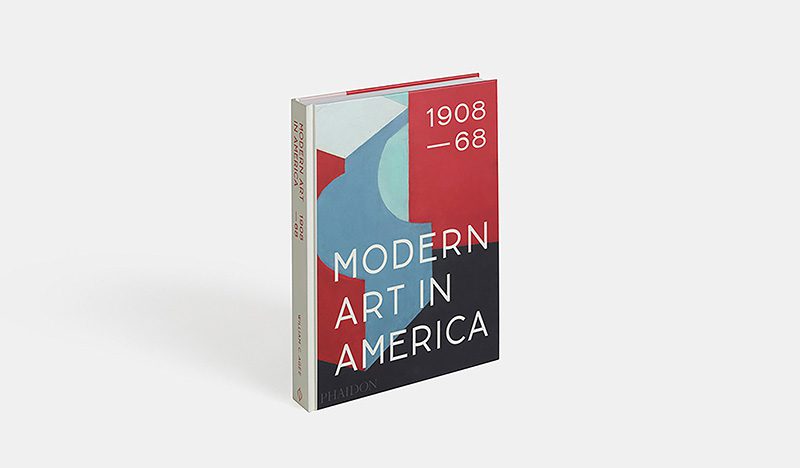BOOK:Modern Art in America 1908-68, Phaidon Publications
 The importance of American artists in the history of Modern Art is well-known and well-documented, from Jackson Pollock to Mark Rothko and Andy Warhol. However, the work of such artists did not spontaneously appear after World War II, nor was it simply transplanted from Europe. There is a longer, subtler history of the development of Modernism in relation to American artists, as well as teachers, patrons and collectors, which can be traced through the first half of the 20th Century.
The importance of American artists in the history of Modern Art is well-known and well-documented, from Jackson Pollock to Mark Rothko and Andy Warhol. However, the work of such artists did not spontaneously appear after World War II, nor was it simply transplanted from Europe. There is a longer, subtler history of the development of Modernism in relation to American artists, as well as teachers, patrons and collectors, which can be traced through the first half of the 20th Century.
By Efi Michalarou
“Modern Art in America 1908-68”, challenges the conventional narrative of Modern American art by highlighting early 20th Century artists often excluded in general surveys as well as the influence of European artists on the American art scene. William C. Agee’s analysis includes artists working in the first half of the Century, such as: Arthur Dove, Georgia O’Keeffe and John Marin, as well as a discussion of the continuity between this period and the artists who went on to become celebrated internationally, such as Edward Hopper, Willem de Kooning, Morris Louis, Robert Rauschenberg, Jasper Johns and Donald Judd. The author also integrates the work of certain European artists who became central to modern American art like: Henri Matisse, Marcel Duchamp and Piet Mondrian as well as Josef Albers and Hans Hofmann became influential teachers, impacting strongly on the likes of Stuart Davis and many others. The primary aim in this book is to develop a sense of integration of all facets of American art, and to stress the continuities and connections within it during these years, all but overlooked until now.

